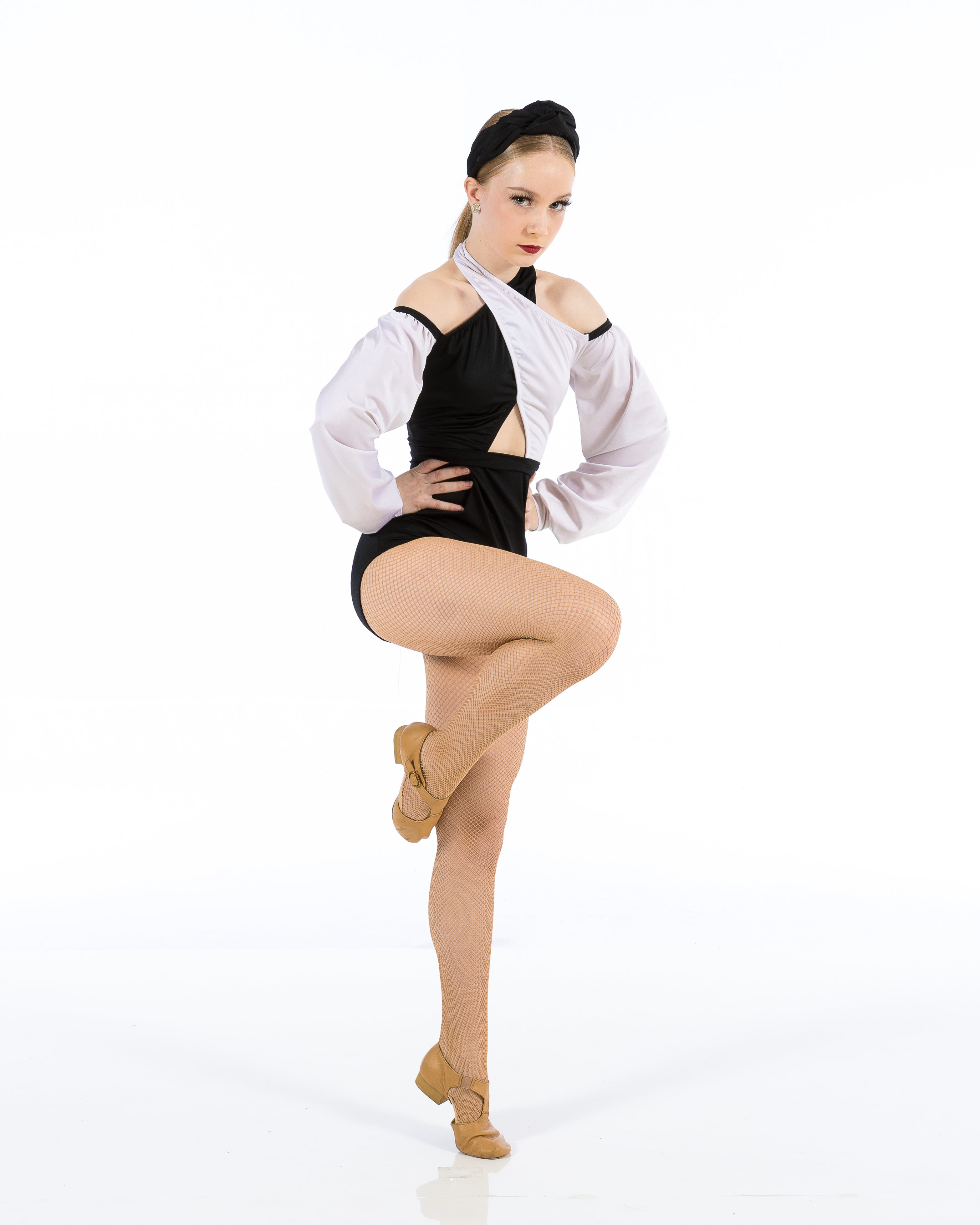Dance is an age-old expression, a universal language that transcends cultural boundaries and connects individuals across the globe. In this article, we'll explore the multifaceted world of dance, celebrating its rich tapestry woven from diverse cultural backgrounds. From ballet to Bollywood, salsa to samba, dance serves as a reflection of societal values and traditions. Through this exploration, we will uncover how various forms of dance contribute to cultural diversity and why it’s essential to appreciate these unique expressions.
A Melting Pot of Moves – Celebrating Cultural Diversity through Dance!
The phrase "A Melting Pot of Moves" aptly encapsulates the essence of dance as it merges various cultural elements into a vibrant display of art. Each dance form tells a story, often rooted in historical and social contexts that shape its evolution. This article seeks to illuminate the significance of these stories while delving into the intricate relationship between culture and movement.
Understanding Dance as a Cultural Expression
Dance can be viewed as a mirror reflecting society's emotions, struggles, and triumphs. Historically, different cultures have utilized dance for storytelling, ritualistic purposes, and communal bonding.
The Role of Dance in Different Cultures
- African Dance Traditions: Often characterized by rhythm and community participation. Indian Classical Dance: Richly layered with spirituality and folklore. Latin American Dances: Such as salsa and tango that celebrate passion and romance.
Each culture has its unique approach to movement; understanding these differences fosters appreciation for the art form itself.
Diversity in Dance Styles Across the Globe
The global landscape of dance is richly diverse, with each region offering distinctive styles shaped by its history.
1. Ballet: The Foundation of Technical Mastery
Ballet originated during the Italian Renaissance courts and evolved into various styles such as classical ballet, contemporary ballet, and neoclassical ballet.
2. Hip-Hop: A Voice for the Youth
Emerging from urban communities in the 1970s, hip-hop encompasses breakdancing and street dance styles that emphasize individuality.
3. Traditional Folk Dances: Preserving Heritage
Folk dances serve as living records of history. Examples include:
- Irish Step Dance Scottish Highland Dancing
These dances maintain cultural heritage while allowing communities to express their identities.
How Dance Academies Foster Cultural Exchange
Dance academies play an instrumental role in promoting cultural diversity by providing platforms for learning various forms of dance.
1. Curriculum Design
Academies often incorporate a blend of traditional techniques with contemporary practices to provide students with comprehensive training.
2. Workshops & Masterclasses
Inviting guest instructors from different cultures allows students to gain insights into various styles while fostering an environment for cross-cultural learning.
The Impact of Globalization on Dance Forms
With globalization comes exposure to diverse cultures through technology. This accessibility leads to interesting fusions and adaptations in traditional forms.
1. Fusion Dances: A New Era
As dancers experiment with blending styles (e.g., Bollywood Jazz), they create new genres that echo modern society's interconnectedness.
2. Social Media Influence on Dance Trends
Platforms like TikTok have propelled certain dance moves into mainstream popularity overnight—often stripping them from their original cultural context.
Challenges within Cultural Appropriation in Dance
While exploring different dances is enriching, it’s crucial to navigate potential pitfalls like cultural appropriation—where elements are borrowed without acknowledgment or respect towards their origins.
Recognizing Authenticity vs Appropriation
- Understanding context Respecting traditions
Prominent Figures in Diverse Dance Styles
Highlighting influential dancers helps shed light on how individual contributions shape each style’s narrative.
1. Martha Graham (Modern Dance)
Martha Graham revolutionized modern dance by emphasizing emotional expression over strict technique.
2. Misty Copeland (Ballet)
As one of the first African-American principal dancers at American Ballet Theatre, her journey signifies breaking barriers within classical ballet—a traditionally exclusive realm.
How Communities Celebrate Diversity Through Festivals
Dance festivals serve as vibrant showcases where cultural expressions merge beautifully:
| Festival Name | Location | Key Features | |---------------------|------------------|--------------------------------------| | Notting Hill Carnival | London | Caribbean learn to dance in Portland culture celebration | | Diwali Festival | India | Various traditional Indian dances Dance Academy | | International Salsa Festival | Miami | A melting pot for Latin music/dance |
The Psychological Benefits of Dancing Across Cultures
Participating in diverse dance forms not only provides physical benefits but also psychological well-being through:
- Enhanced mood Improved self-esteem Social connection
Dance Therapy: Healing Through Movement
Utilizing dance as therapy bridges artistic expression with mental health support:
- Stress reduction Trauma recovery Emotional expression
Educational Programs Promoting Cultural Awareness Through Dance
Schools increasingly recognize the importance of integrating diverse dance forms into their curriculum—fostering openness among students towards different cultures:
Examples Include:
- After-school programs focused on world dances Collaborations with local artists
FAQ Section
What resources can I find at a local dance academy? Local dance academies typically offer classes across multiple genres—including ballet, hip-hop, jazz—and may also provide workshops or performance opportunities!
How does learning multiple styles enhance my dancing skills? Exposure to various techniques broadens your skill set while enhancing adaptability—making you a versatile dancer!

Can I start dancing if I have no prior experience? Absolutely! Many academies cater specifically to beginners; all you need is enthusiasm!
Are there any age restrictions for joining a dance academy? Most academies offer classes for all ages—from toddlers to adults—making it accessible regardless of your stage in life!
What should I wear for my first dance class? Comfortable clothing that allows freedom of movement along with appropriate footwear are ideal choices for beginners!
How do I choose which style suits me best? Explore introductory classes across several genres—listen to what resonates most with your spirit!
Conclusion
In conclusion, "A Melting Pot of Moves – Celebrating Cultural Diversity through Dance!" encapsulates not just an artistic endeavor but also a profound exploration into humanity's shared experiences. By embracing varied styles from around the world within our localities—particularly through initiatives taken by reputable institutions like a dedicated dance academy—we collectively foster connections while fostering understanding among diverse populations.
Through this ongoing journey toward appreciating cultural diversity via movement arises hope—for unity amidst differences—as we twirl together in life’s grand performance!